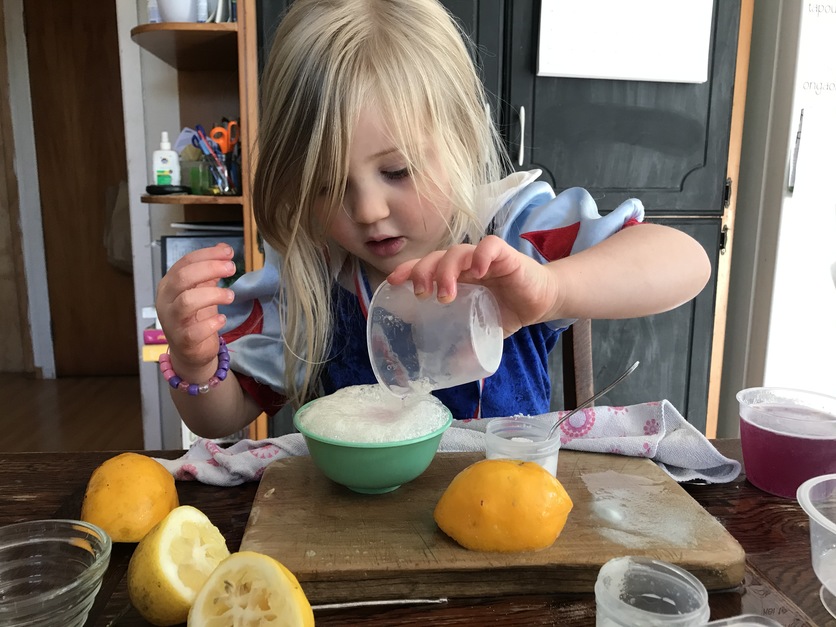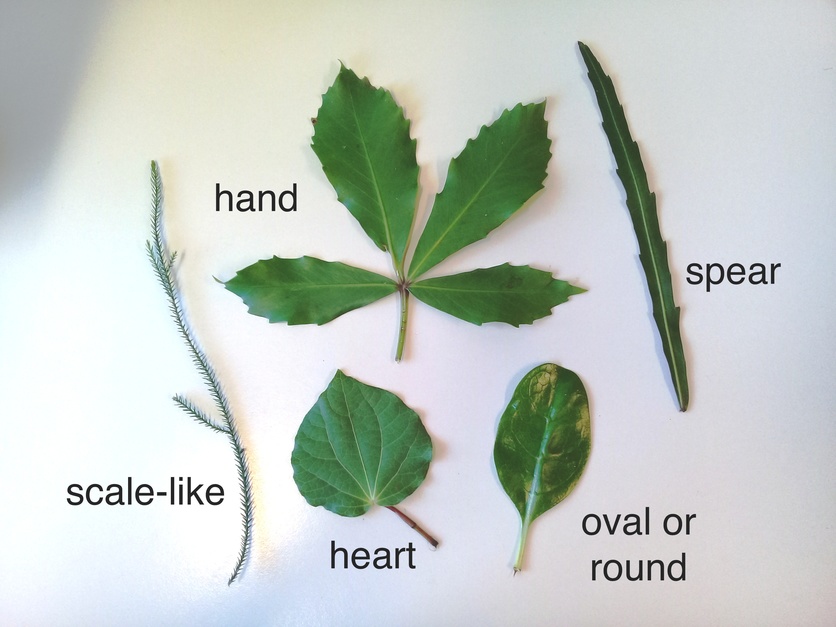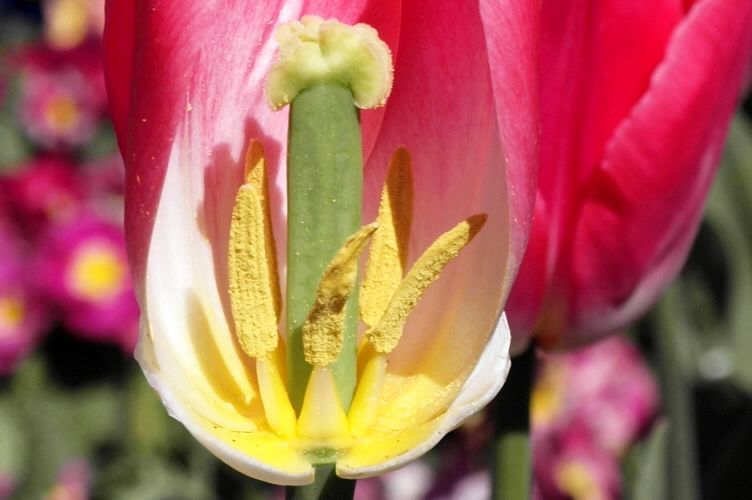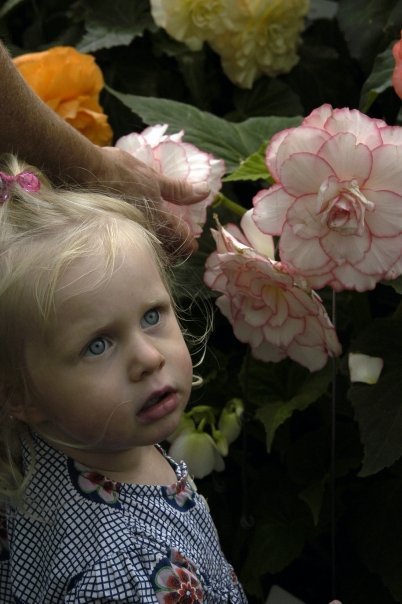Young children are natural scientists. They spend their days making sense of the world around them using their senses to observe. There are lots of ways to encourage curiosity and discovery.
The following activities include outdoor experiences. Each idea has links to resources to help with background information for the adults or caregivers. The key outcomes can simply be enjoyment and the conversations that arise from the experience. The article Learning science from home – ideas to deepen learning has hints about introducing new words and simple questions to use when talking with young learners.
For homes with learners of different ages, we also offer activity ideas for:
Peruse the other articles for engaging ideas or for extension opportunities.
Incorporate some of these ideas while out on a walk, while visiting a park and in your own backyard.
Observing leaves
This activity is based on Native plant leaves – DIY classification system. The activity notes in the Word document download have ideas about how to group the leaves once they’ve been collected but adapt the experience to suit the needs and ability of the learner. Looking at plants and leaves has additional learning ideas, including a word search and art activities.
Collect leaves that have:
- different shapes
- different sizes
- different edges (smooth, spiky, jagged)
- different colours
- different textures (waxy, crunchy, soft, smooth).
Enhance numeracy skills by:
- counting the leaves
- putting the leaves in a line (order) by length – shortest to tallest or by width – narrow to wide
- grouping the leaves – for example, smaller than my hand and bigger than my hand.
Enhance literacy skills by:
- giving each group of leaves a title and writing it down
- choosing one or more leaves and writing words that describe the way they look, feel or smell
- taking photos of the labelled groups and creating an online scrapbook.
Observing colours
The science of colour is pretty complex, but colours themselves can be quite pretty and quite fun to observe.
Create colour scavenger hunts:
- Choose a few crayons or coloured pencils and go outdoors to find items that match the colours.
- Choose a plant leaf and try to find another plant species that has a leaf of the exact same colour, then find one that is lighter or darker.
- Gently dissect a flower to look at the colour of the petals, stamen and so on and then try to find items of similar colours.
- Choose one of the leaves or flower petals and mix paint colours to try and match the colour.
Remember to swap roles so children get to define the challenge and adults get to go on a hunt! Incorporate similar literacy and numeracy skills as mentioned above.
Creating shadows
The activity Investigating shadows has background information about light and shadows and suggestions for exploration and play both indoors and outside.
Here are some other ideas:
- Take a photo of an item’s shadow and try to locate the item.
- Take a photo of the shadow of a person standing in a certain position and try and recreate the shadow (silly is good).
- Look for transparent and translucent items in the kitchen or in the toy box and view their shadows outdoors or with a torch indoors.
- Play ‘Simon says’ and watch to see if everyone’s shadows are following instructions.
- Erect a white bedsheet with a light behind it:
- Take turns dancing behind the sheet while videoing the shadow dance. Can you identify the dancer by their shadow? How?
- Read aloud a short story while the person (or persons) behind the sheet acts it out. Video the experience so you can watch it again or share it with a friend online.
Related content
We can also help with learning at home for:
For children who enjoy drawing, the activity Developing observational skills in younger students is an ideal way to incorporate science and oral language skills into an art activity.
For supportive professional learning development, watch our recorded workshop Exploring science in the early years.
Our Early years resources collection has curated resources that have either been written specifically for younger children or are resources that can be easily adapted. Find out how to make the most out of this collection in our Creating collections article.
For further inspiration and ideas have a look at our Learning science from home or Early learning Pinterest boards.
Useful links
See our Pinterest board – full of activities, articles and more to help teachers, schools and/or parents setting up online learning at home.
Visit the Learning from home government website for more activity ideas.
If you have access to ETV (a large online video platform for educators in Aotearoa New Zealand), then the video programmes and lessons for ākonga aged 2–11 years during the Covid-19 Lockdowns can be accessed under TV recordings/Home Learning TV.
Kids Greening Taupō has great ideas for getting kids outdoors and connecting with nature.
Darwin & Newts is an animated adventure show for tamariki aged 3–7. Made with the help of specialist educators, it explores basic science and engineering principles. It has a free companion app available in reo Māori or English.





